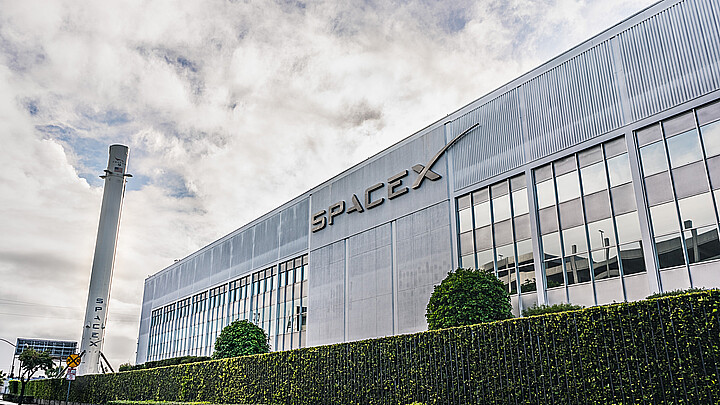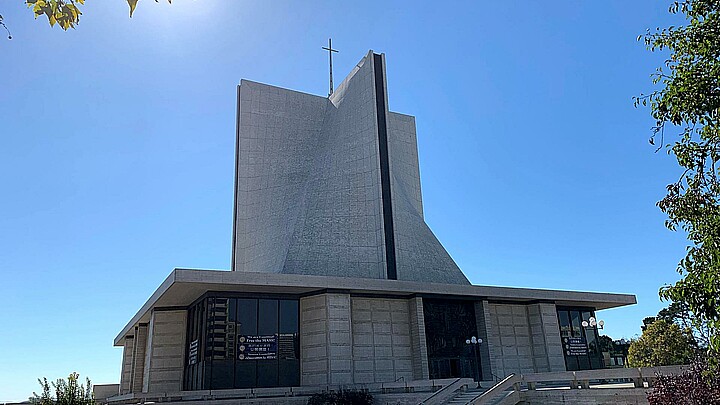Business
Californians trekking to Mexico for cheaper groceries
A gallon of milk is 50% off compared to the U.S.
August 11, 2022 4:58pm
Updated: August 11, 2022 5:42pm
The Americans fleeing to Mexico during the COVID-19 pandemic have largely been tourists and remote workers looking to get more for their dollar. But a new report says ordinary Californians squeezed by historic inflation are also crossing the border for cheaper groceries and other household items.
Many Californians are making the 20-minute trip from San Diego to San Ysidro, where they can cross the U.S.-Mexico border to Tijuana, for their routine shopping, according to a report by News Nation on Thursday.
“If you are on a budget, you gotta take care of yourself,” said Chula Vista resident David McCarthy, who walked across the border with his wife, Maria. On their most recent trip, they ate street tacos and had a vet checkup for a pet.
Other struggling families do not live as close to the border as the McCarthies. Gibran Jimenez told NewsNation he drove almost two hours to get to Tijuana with his wife and two children.
“I gotta save as much as I can; every penny counts,” said Jimenez, whose wife is due for a third child next month.
The San Ysidro Port of Entry is the busiest border crossing in the Western Hemisphere and a “critical economic engine for San Diego - Tijuana region,” according to the U.S. General Services Administration.
But low prices have attracted more southward traffic. Shop owners at the popular Mercado Hidalgo marketplace in Tijuana reported a 20 to 30% increase in American tourism during the weekdays, according to NewsNation.
And the discounts are steep. A gallon of milk is half off compared to the U.S., a four-pack of toilet paper is almost $4 and a 24-pack of Tylenol is $1 less, reports NewsNation.
The costs to travel to Mexico is offset by cheaper gas prices, about $1.25 cheaper than in California. The average price of gas is $5.384 as of Thursday, reports AAA.
“Gas prices are going up like crazy and that’s what kills us, you know, the middle class,” said Jimenez.
Remote workers from U.S. cities like Silicon Valley and New York City flocked south to Mexico during the pandemic, citing high housing prices and rising crime back home.
Locals have mixed feeling about the influx of Americans, with some accusing the new arrivals of gentrifying local spots into “expat enclaves.”










